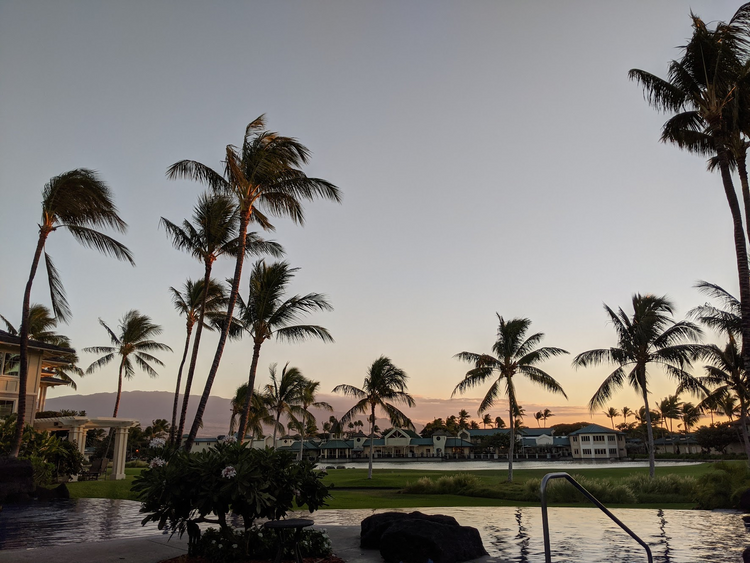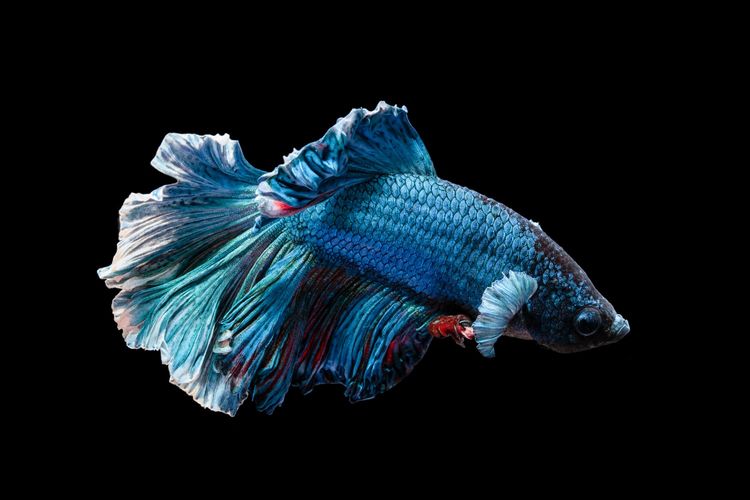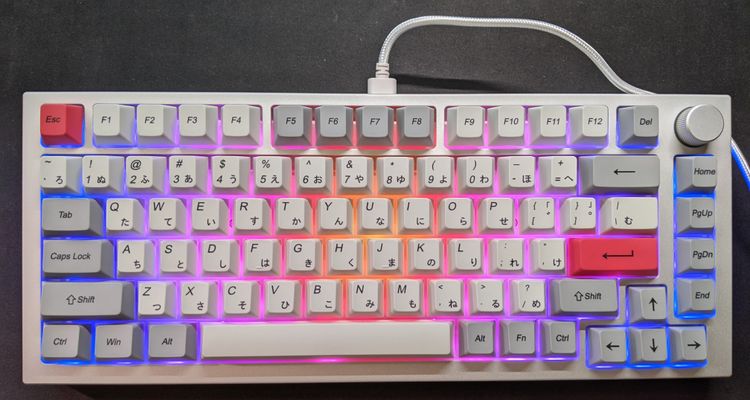Weather Resistant Fuji Lenses and Cameras - Complete List
--Updated April 2021--
If you're looking to build a fully Weather Resistant Fuji XF kit, this page has got you covered. Not all Fuji bodies or lenses are weather resistant, so make sure to look for the WR label before buying.
The peace-of-mind brought by weather sealing can mean the difference between staying inside and going out to shoot. If it means you'll take more photos, I'm all for it.
These are the only weather resistant cameras and lenses produced by Fujifilm available as of April 2021.
Jump to Lenses
What does Weather Resistant mean?
For Micro Four-Thirds users: Micro Four-Thirds Weather Sealed Cameras and Lenses
Camera(s)




Older Fujifilm Cameras
You really can't go wrong with any of these choices. Try them and get the one that handles better for your use.
Lenses
Primes

With the release of the compact f2 'Fujicrons', you've got more choices to make if you want a weather-sealed prime kit. Portrait lovers will want to check out the 90mm. For flower and bug photographers, Fuji just has an 80mm 1:1 Macro lens. Sports and Wildlife enthusiasts will love the 200mm f2. I just wish there was more choice of WR primes with large apertures.
Fuji is starting to release 'Mark II' versions of their lenses that have weather resistance. The most recent addition to this line is the pancake 27mm f2.8, now with a WR label and an aperture ring. It's still the same optical design. Make sure to get the newer version if you need protection from the rain.
- 16mm f1.4
- 16mm f2.8
- 18mm f1.4
- 23mm f2
- 27mm f2.8 Mark II
- 35mm f2
- 50mm f1.0
- 50mm f2
- 80mm f2.8
- 90mm f2
- 200mm f2 (with 1.4x teleconverter)
Zooms

Zooms can be great in rainy or dusty situations where you don't want to change lenses often. The two constant aperture zooms match the standard 'pro zoom' kit from the bigger camera companies but are much lighter in weight.
The newest 8-16mm f2.8 zoom completes Fuji's version of the 'holy trinity'. Must have for landscape and ultrawide fans.
For a one-lens-travel option, you've now got two lenses to choose from. The newer 16-80mm is going to be a popular choice: great sharpness, Optical Image Stabilization, and a constant f4 aperture. The 18-135mm sacrifices some image quality and aperture for the extra reach, but in a situation where lens changes are impossible it does a great job.
If you need a telephoto lens, you've now got 2 great options, the 70-300 or the 100-400. The 70-300 is cheaper and lighter, but if you need that range or that superb image quality indicated by the Fuji 'Red Badge', go with the 100-400. Both work with the XF1.4X and XF2X teleconvertors and maintain weather resistance.
- 8-16mm f2.8
- 10-24mm f4 Mark II
- 16-55mm f2.8
- 16-80mm f4
- 18-135mm f3.5-5.6
- 50-140mm f2.8
- 70-300mm f4-5.6
- 100-400mm f4.5-5.6
Weather Resistant Kit Options
Putting together a lens kit is a very personal thing. Think first about what you take photos of. The obvious choices are an all prime kit or the two f2.8 zooms, though you could mix and match. 16, 35, 50-140 would be a nice setup (I find zooms more useful on the telephoto end).

Photo by Jonas Rask
For a compact travel kit grab the Fujicrons: 23, 35, 50. all can be carried in a small bag or even a coat! If you don't mind the bulk, 16, 35, 90 gives a larger spread of focal lengths, an extra stop on the wide end and more bokeh on the long end.
How to Protect Your Camera Gear Without Weather Resistance: The Frugal Option
Buying a whole new set of lenses just for WR might not make sense for you. There are cheaper options.
A small plastic bag with a hole cut out for the lens will keep water off. You can also buy cheap rain covers or rain sleeves. An umbrella can work if there's no wind. Most Fuji cameras can handle light rain with no problems (of course, if your camera breaks I didn't tell you that!).
A bag might help in the rain, but may not be as useful in seriously dusty or sandy areas.
What Does Weather Resistant Mean?
For Fuji Cameras, the WR label is an indication that the lens is designed to withstand moderate amounts of water and dust without damaging the lens, camera sensor, or other interior parts. It involves placing rubber seals at points around the camera or lens where water or dust might get in. Moving parts like buttons and port coverings are especially vulnerable.

It's not just rubber seals, zoom lenses also need specially designed vents. Because the lens has to move a large distance to zoom, a poorly designed lens could allow dust to be 'sucked in' to the lens barrel. With proper venting dust and other particles can be expelled instead.
Weather Resistant cameras and lenses does not indicate an official IP rating. Ingress Protection or International Protection ratings are an international standard that indicate a device's ability to resist water or dust; you may have seen IP ratings on recent high-end phones.
Unfortunately as far as I know, Fuji doesn't provide IP ratings for their interchangable lens cameras. It may be too difficult or cost-prohibitive to perform the needed tests on every camera/lens combination, or perhaps it's not possible with the large sensor opening.
Disclaimers
Use your head, don't take your weather resistant camera swimming.
Affiliate links on this page don't cost you an extra cent and help me pay for website hosting.
I'm not affiliated with FujiFilm.




Member discussion